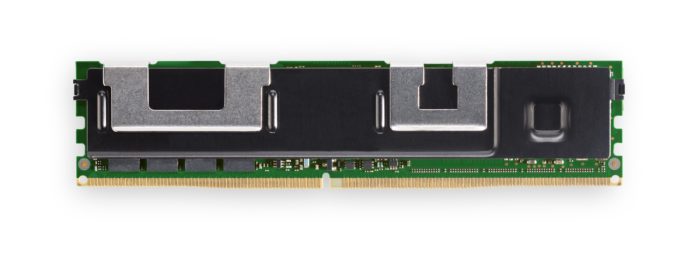
Oracle today announced its Exadata X8M storage servers will use Intel Optane DC Persistent Memory – 3D XPoint implemented in DIMM form.
Exadata systems are integrated hardware and software systems for running the Oracle database.
At Oracle OpenWorld yesterday the company said customers will achieve vastly superior performance for latency-sensitive activities such as high-frequency stock trading, IoT data integration, and applications that require real-time human interactions.
Navin Shenoy, GM of Intel’s data center group, said in a canned quote: “By enabling faster analytics and enhanced response times our customers are experiencing what’s possible with Optane DC persistent memory.”
This is certainly good news for Intel, with Optane support spreading across the storage industry. Pure Storage added it today and Dell EMC announced PowerMax support for Optane last week.
Exadata X8M
The X8M is designed to support Online Transaction Processing (OLTP), analytics, mixed workload database requirements, database consolidation and in-database machine learning.
Exadata X8M uses Xeon SP CPUs, Optane DIMMs and RoCE (Remote Direct Memory Access across Converged Ethernet) over 100GbitE. RoCE enables Oracle’s database to directly access persistent memory, thus bypassing the OS, network, and IO software stack. This reduces IO latency in Exadata X8M tenfold compared to the previous Exadata release. It also increases I/O throughput up to 60 per cent.
The X8M’s immediate predecessor, the Exadata X7, used Skylake CPUs and 25GbitE and had a 250 microsec latency rating. Therefore we presume X8M has 25 microsec latency.

Read an Oracle Exadata X8M datasheet here.







